Mokume Gane, Japanese Unique Wedding bands and Engagement rings


- 949-629-8174(USA) 81-90-9625-2928(Others)
- english@mokumeganeya.com
木目金を知る
Grass sprouts, trees bud
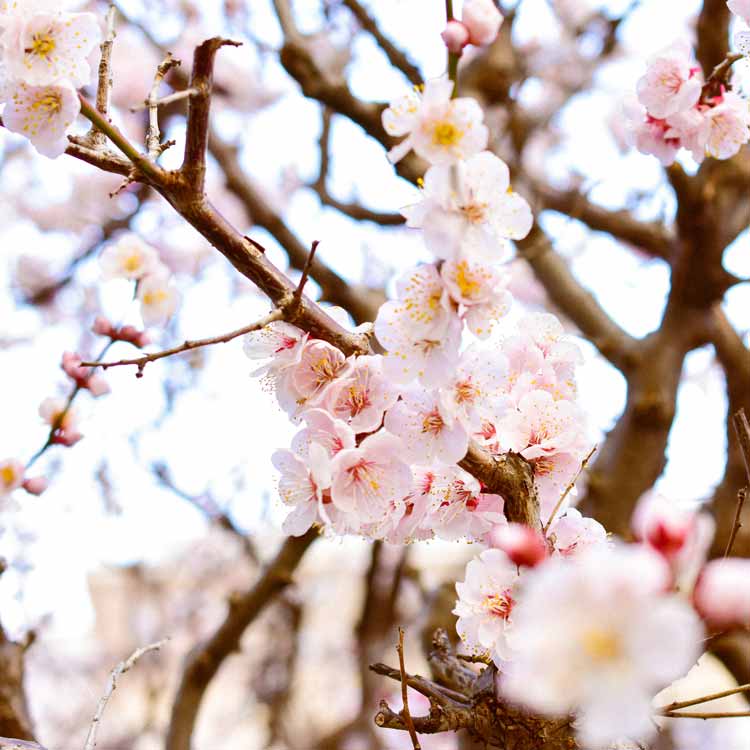
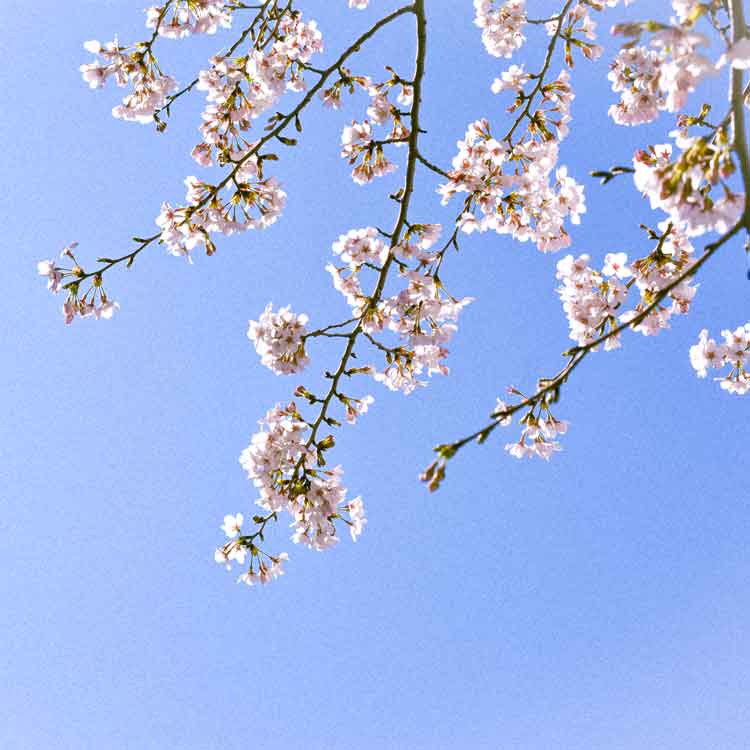
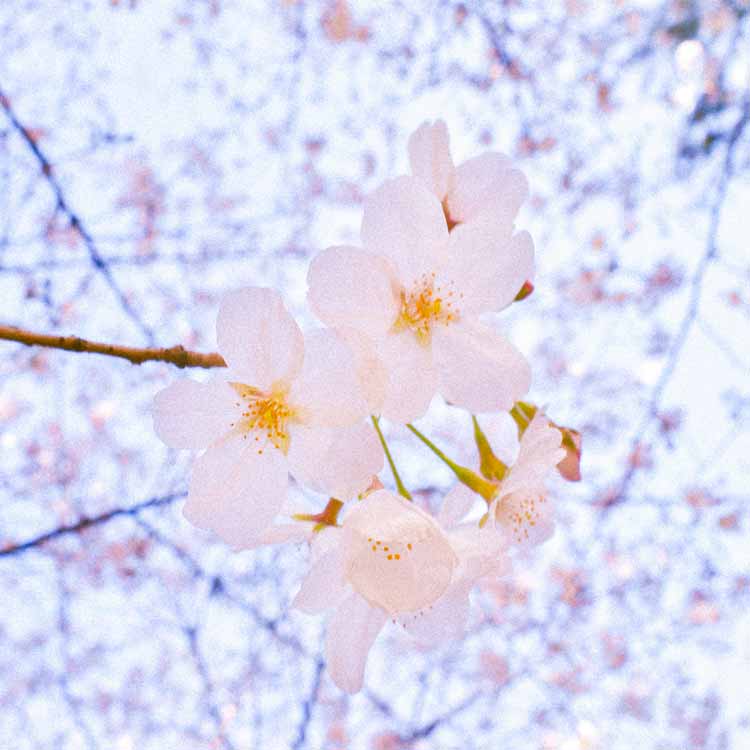
Today’s 72Ko is “Grass sprouts, trees bud.”
To cherish each moment in the changing seasons, Mokumeganeya will introduce the beautiful flowers and events in each season. Please enjoy the change of season with us.
At Kashiwa store, we are displaying the statue of Daikokuten
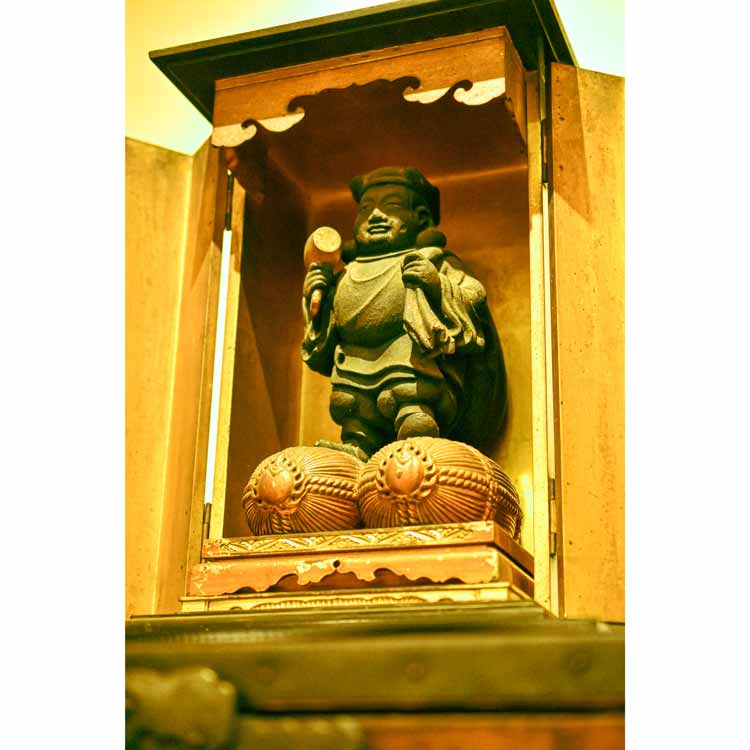
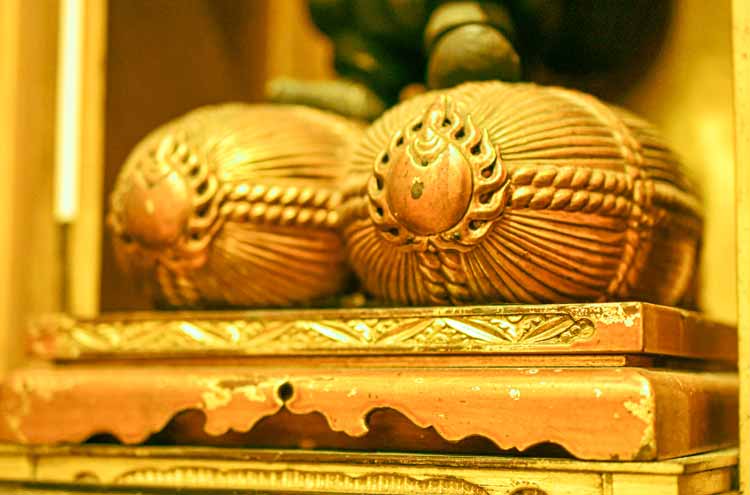
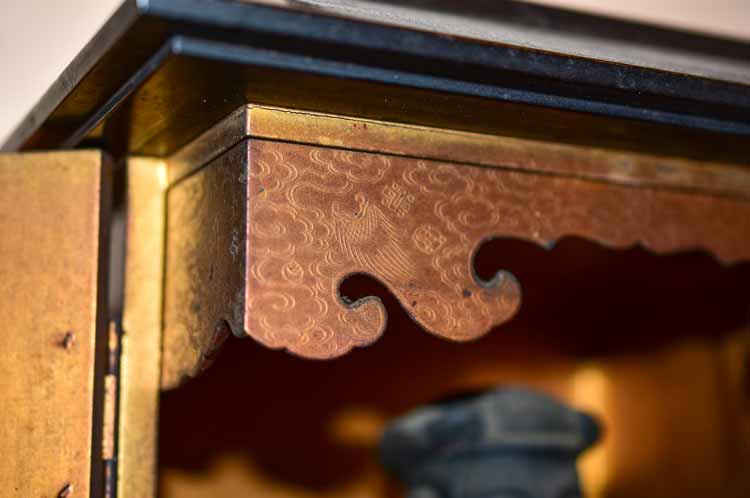
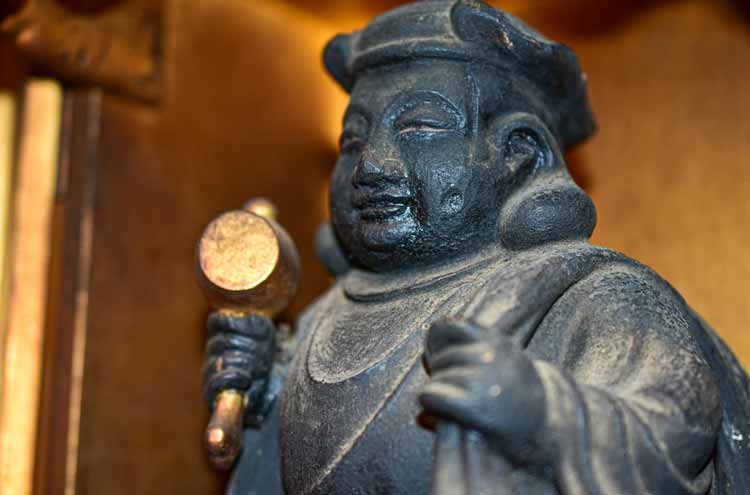
Yatate with design of woodgrain pattern
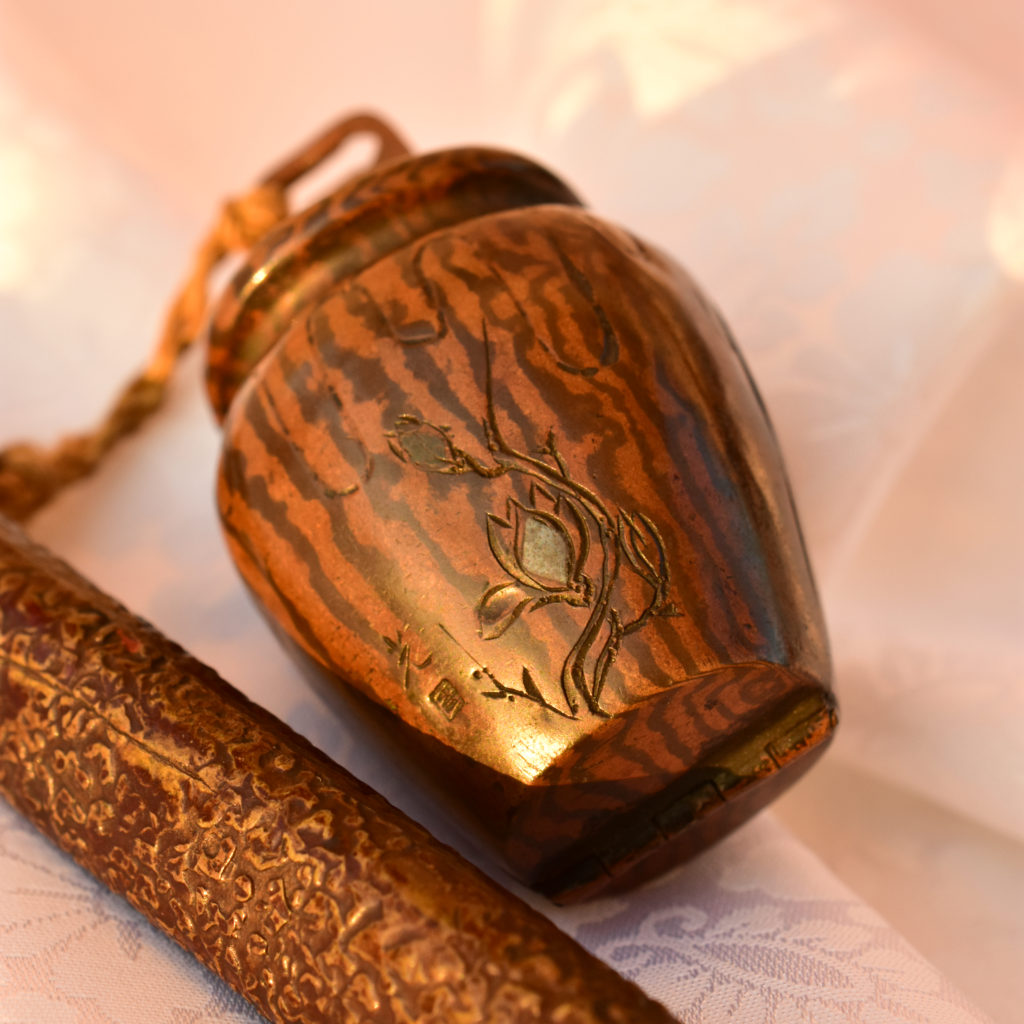
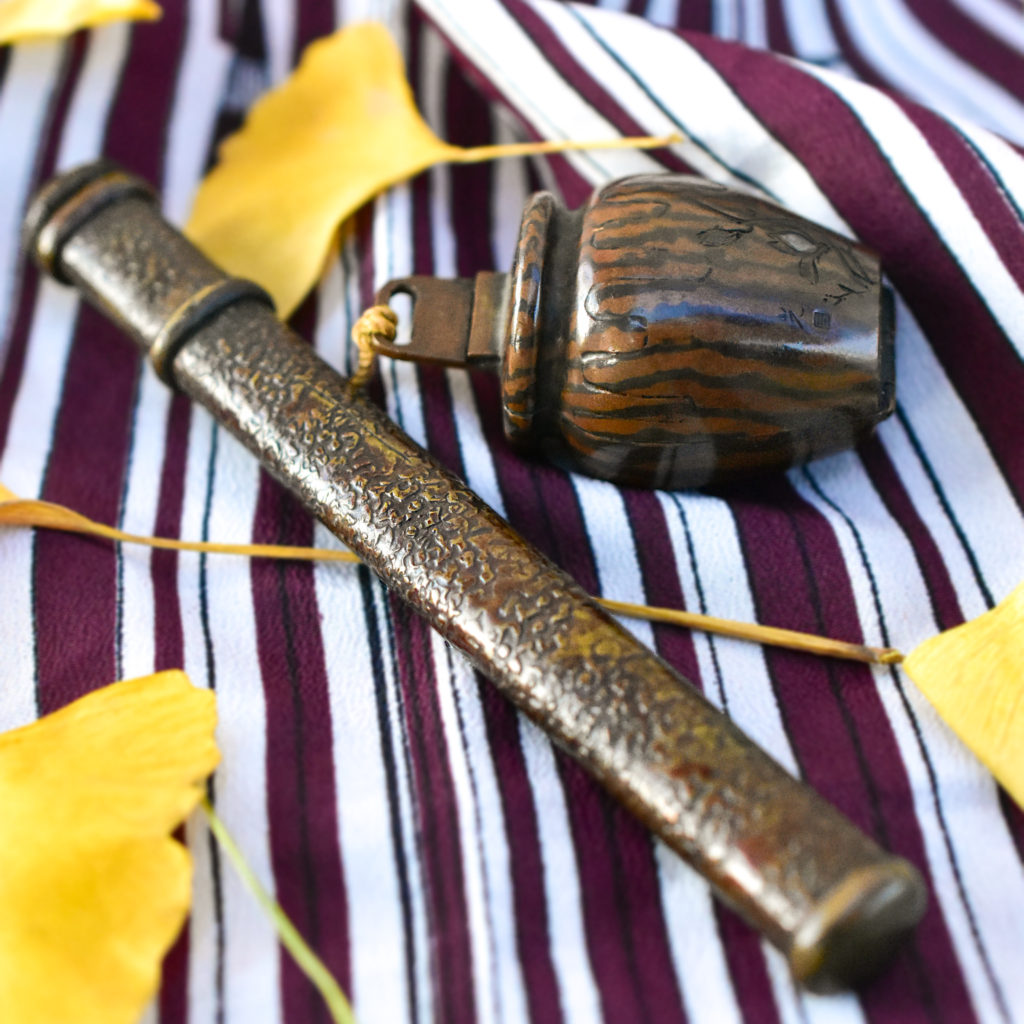
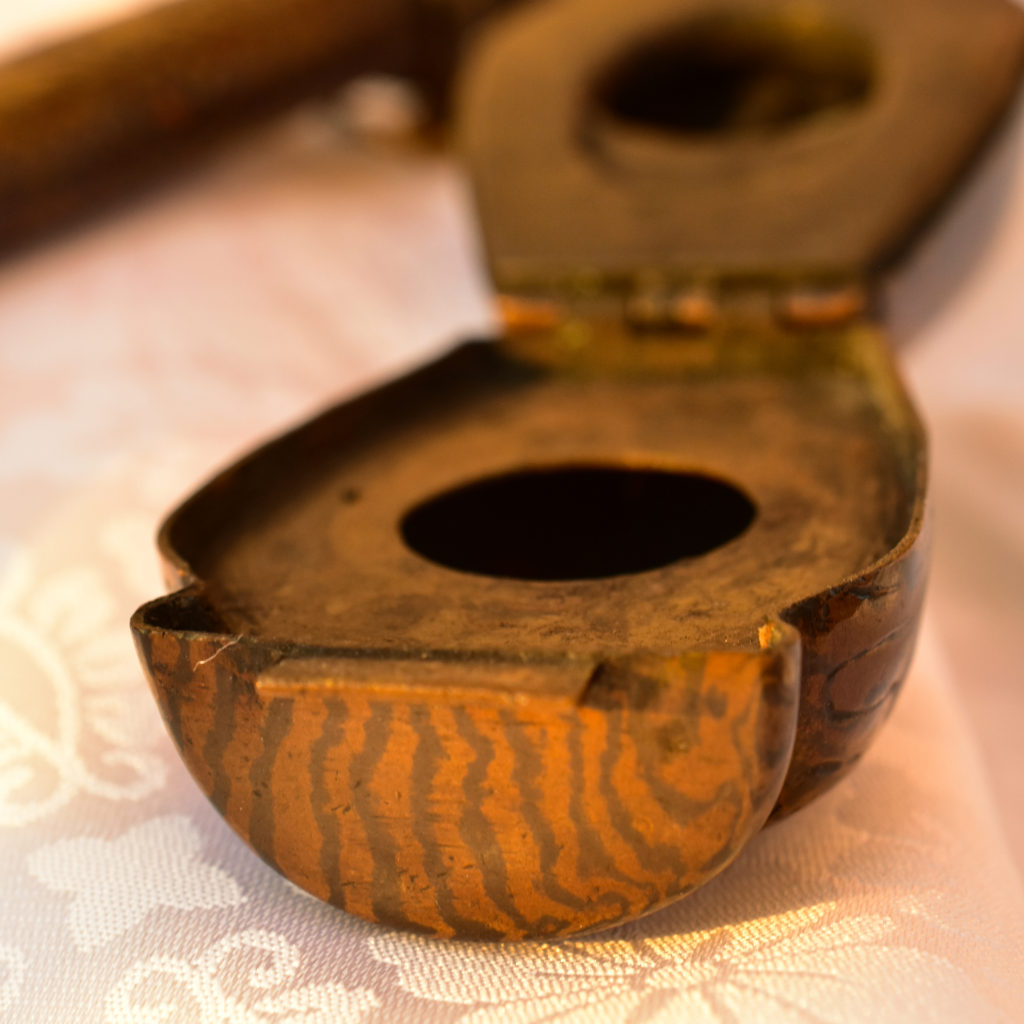
The jar-shaped ink container is unusual, and the brush case is decorated using an arashi tagane chisel on brass. This is an important piece given that sword fitting techniques were used in the chiseling.
This is proof of the stories one hears that, in the latter part of the Edo period, sword craftsman were involved in the manufacture of daily items such as Portable Writing sets (Yatate) or smoking pipes.
Ojime with design of woodgrain pattern
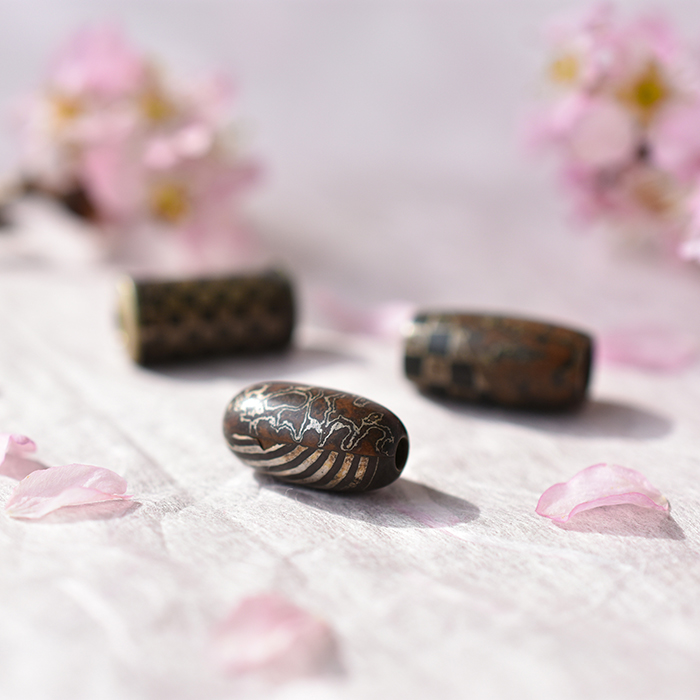
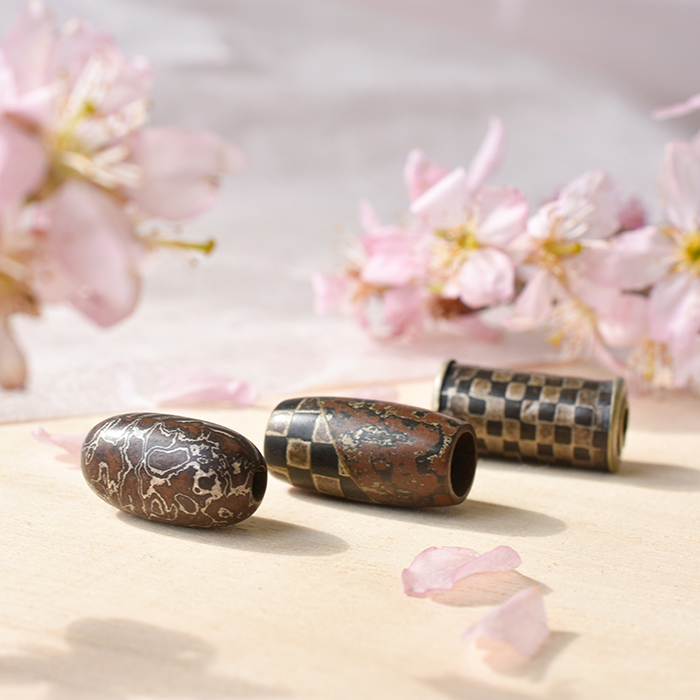
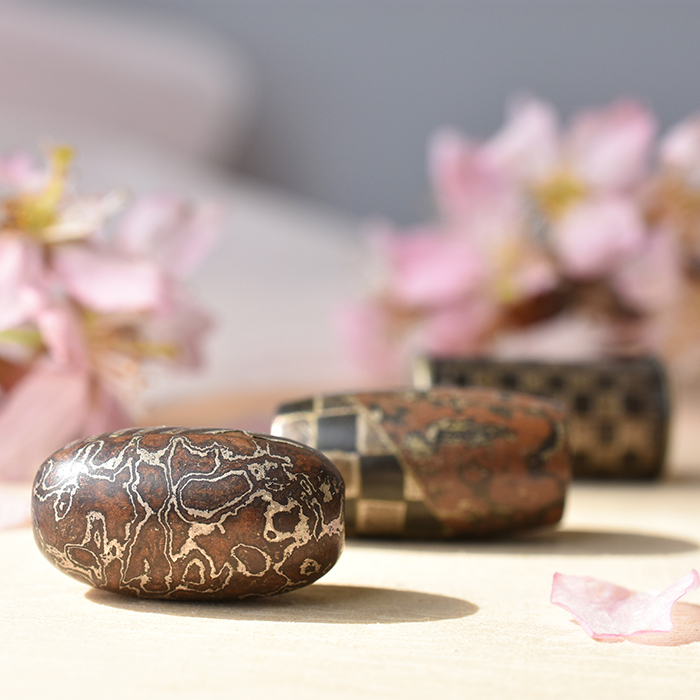
<Ojime with design of woodgrain pattern>
Various designs were conceived by well-balanced combinations of inlays and patchwork on mokume gane.
The Ojime is the bead that is used as a cord fastener for an inro and netsuke. By being moved up and down, one can access the various compartments and also tighten the cords threaded through the inro.
We believe that it is very important to convey Japanese traditional culture to the world.
Please take a look at the interiors when you visit our store.
Ornament of turtle
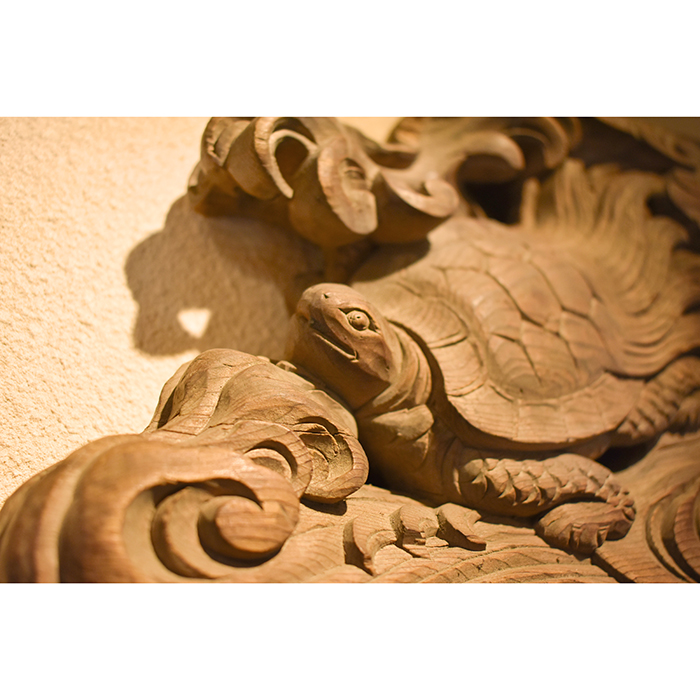
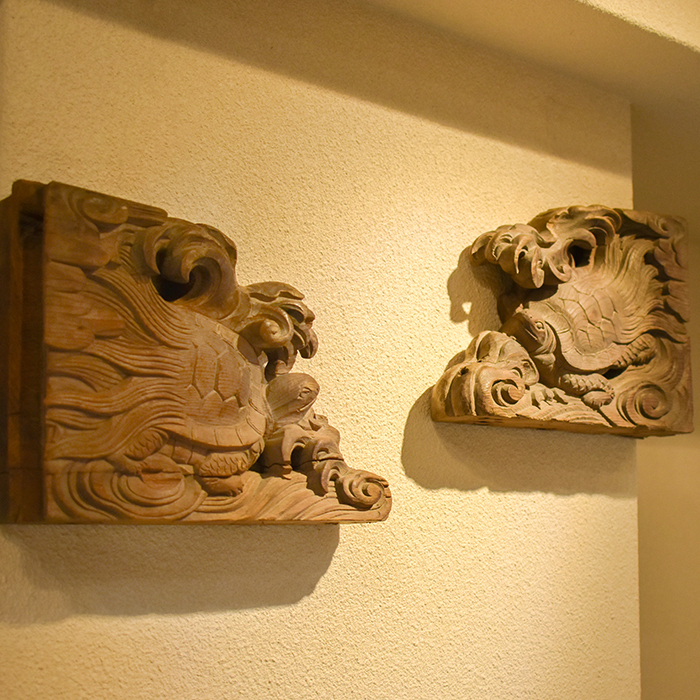
<Ornament of turtle>
This is a decoration of Japanese traditional shrine, which has a motif of the turtle.
Old turtle with seaweed growing on its back is a typical auspicious omens motif in Japan and has a meaning of longevity.
We believe that it is very important to convey Japanese traditional culture to the world.
Please take a look at the interiors when you arrive at the store.
Ornament of Lion
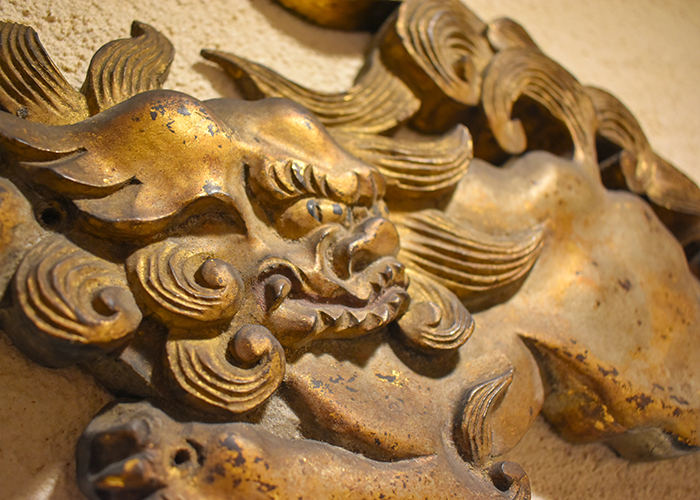
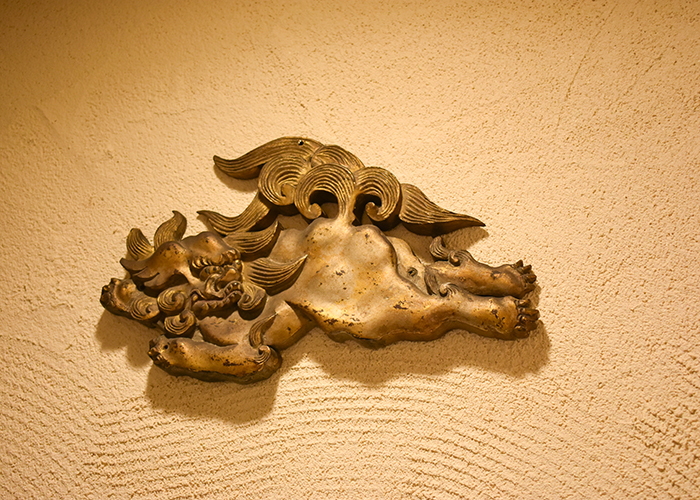
<Ornament of Lion>
This is a decoration of Japanese traditional shrine, which has a motif of the Lion.
A lion is a typical auspicious omens motif in Japan and has a meaning of “Dignity” and “Inviolability”.
We believe that it is very important to convey Japanese traditional culture to the world.
Please take a look at the interiors when you arrive at the store.
Bonsai of Red and white plum
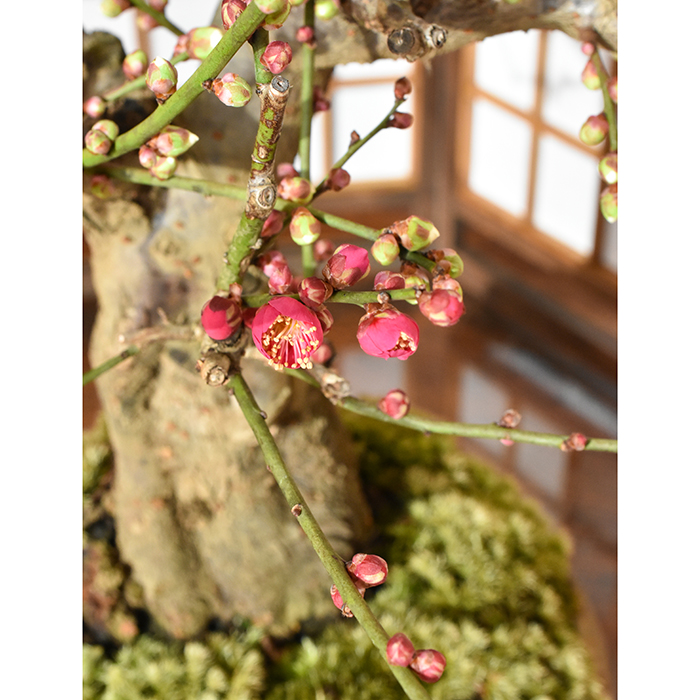
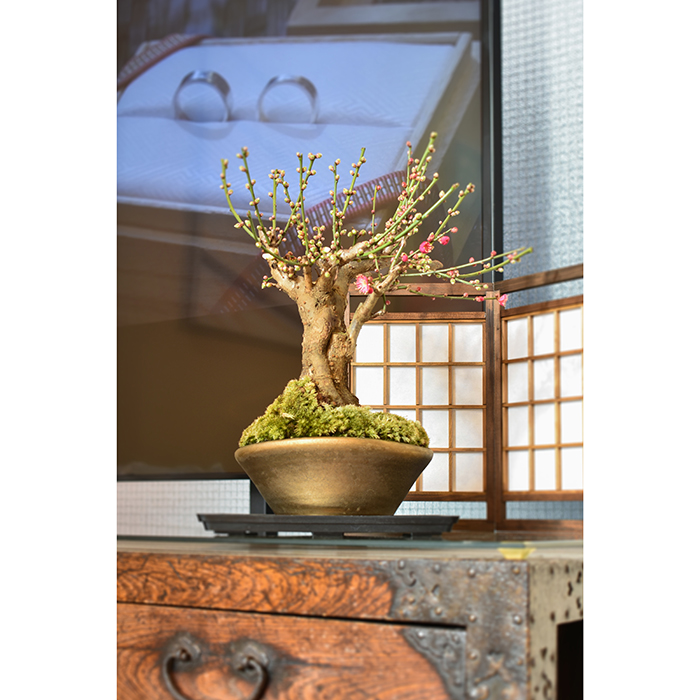
<Bonsai of Red and white plum>
This is a Bonsai of Red and white plum which was displayed in our Omotesando store.
At our Omotesando store, there is a Bonsai which you can feel the change of the season, and it is switched every week.
Please take your time to watch the beautiful Bonsai when you come to our Omotesando store.
Mallet of Luck
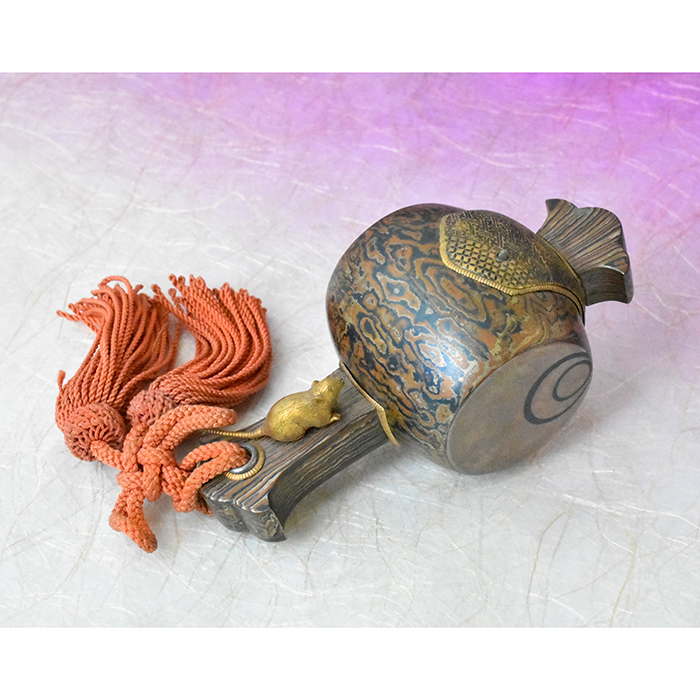
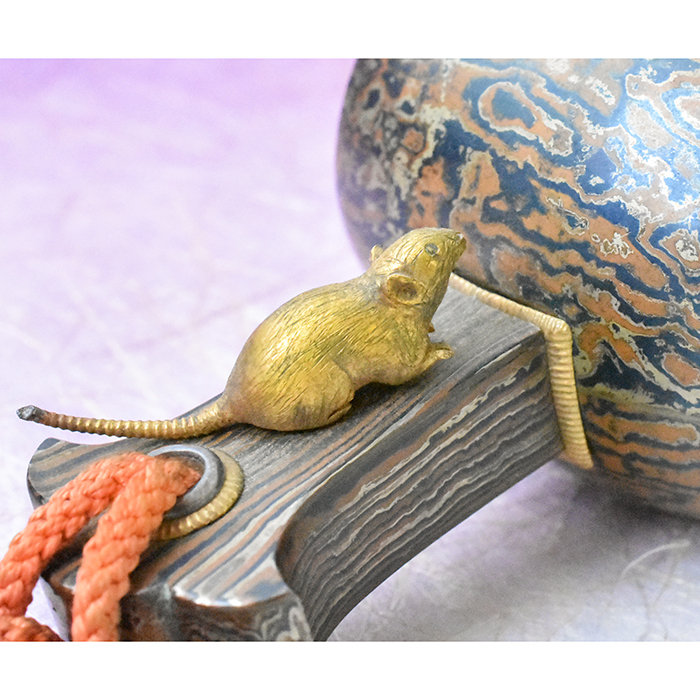
<Mallet of Luck>
In each year, the Japanese zodiac has a symbolic animal, and 2020 is a year of Rat.
Today, we will introduce the traditional artwork related to Rat.
Mallet of Luck is one of the belongings of Daikoku, a god from the Seven Deities of Good Fortune.
Rat is also known as a messenger of Daikoku, which means this artwork is made out to bring good fortune.
The pattern of Mokume Gane is perfectly complementing other ornaments and harmonizing the whole piece.
Tsuba of Mokume Gane
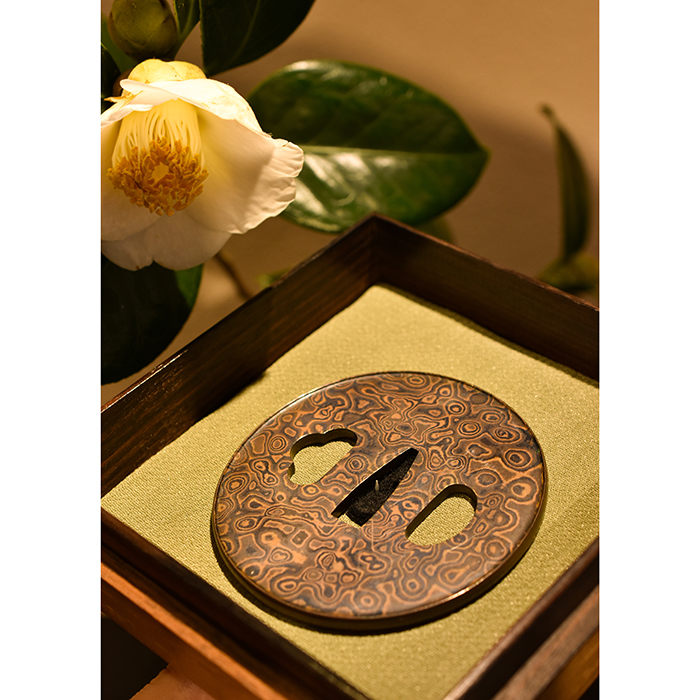
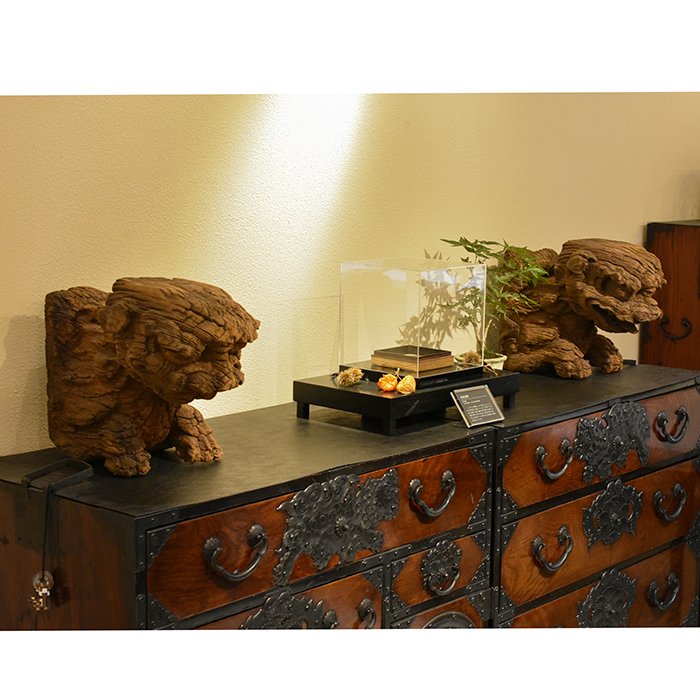
<Tsuba of Mokume Gane>
In our Ginza store, we are displaying a tsuba made out of Mokume Gane.
This simple and typical small blade tsuba seems to scream out that this is indeed mokume-gane.
The pattern is very bold, and the rich appearance makes for an impression of freshness.
The rim has been forged, making for elegant mimi that combines both uchikaeshi(rolling) and sukinokoshi(raising). The thickness of the plate differs between the surface of the mimi and the interior, and the effort made in the manufacture is clear.
We believe that it is very important to convey Japanese traditional culture to the world.
Please take a look at the interiors when you arrive at the store.
Dark, winter clouds are all over the sky
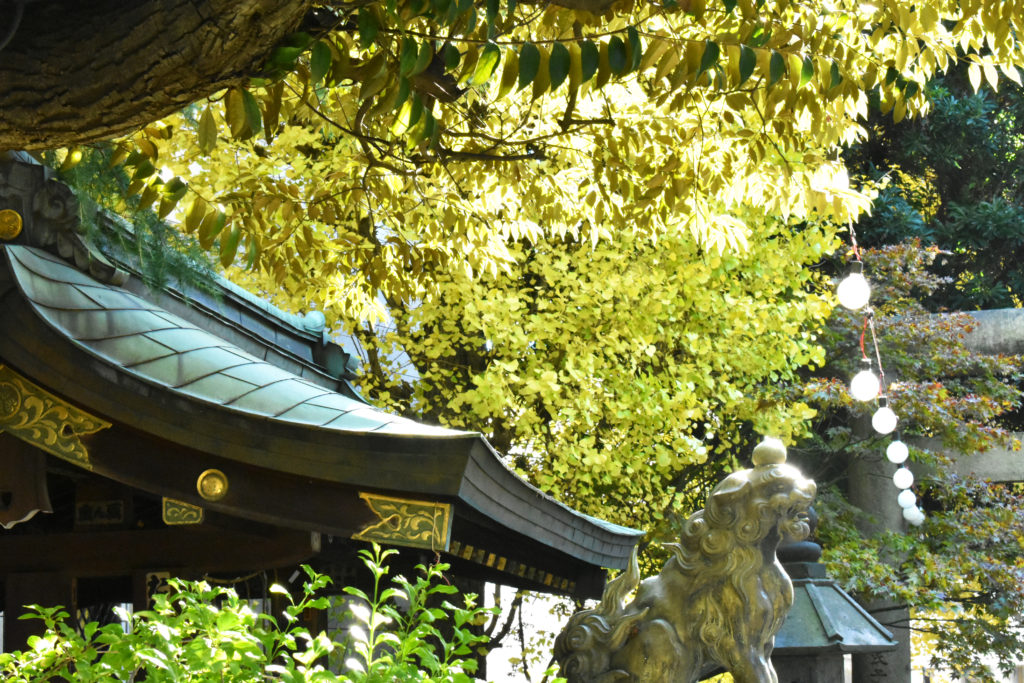
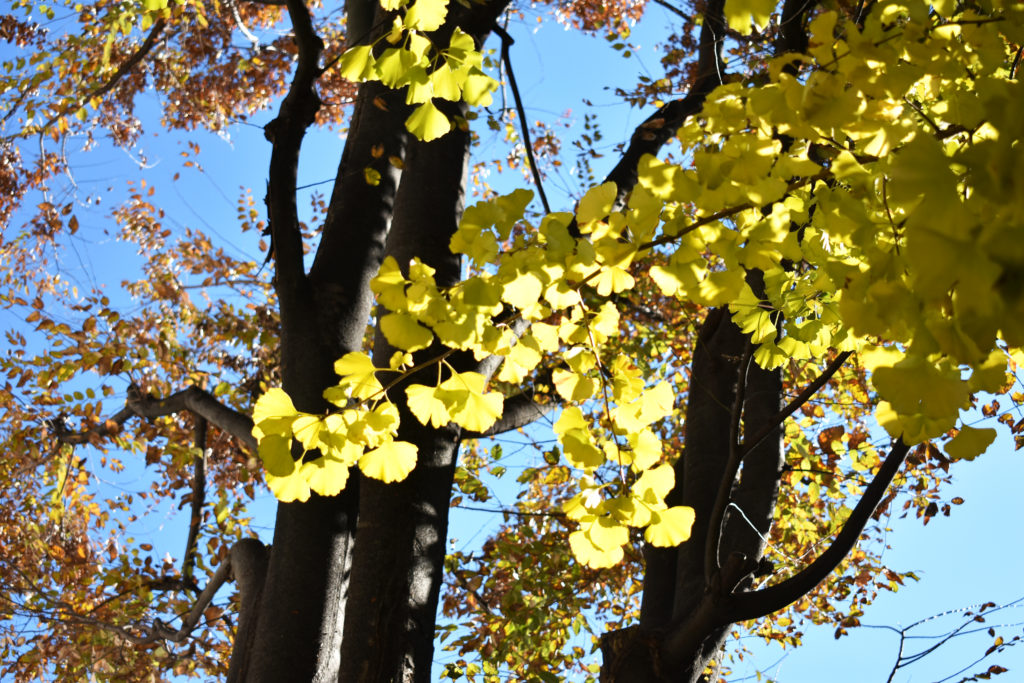
<Dark, winter clouds are all over the sky>
The 72Ko on December 10th is the 61st Ko “Dark, winter clouds are all over the sky.”
Even the clouds became grayish, the bright gold of the ginkgo trees at the shrine near to our factory are beautifully coloring the winter sky.
In ancient Japan, people used 72 micro season calendar (72Ko) which was made by dividing 12 seasons into 24 sub-seasons, and then splitting into three to give a total of 72 Ko, each lasting for about five days.
The calendar here marks the seasonal cycle of the natural world by allocating a series of evocative names to the different stages of the year, to illustrate the ever-changing beautiful landscape in Japan.
To cherish each moment in the changing seasons, Mokumeganeya will introduce the beautiful flowers and events in each season. Please enjoy the change of season with us.


